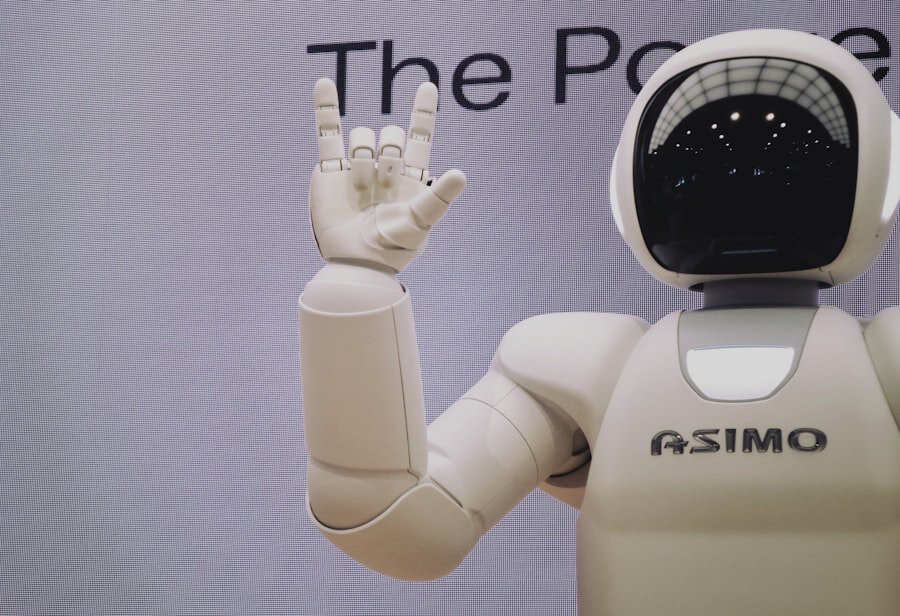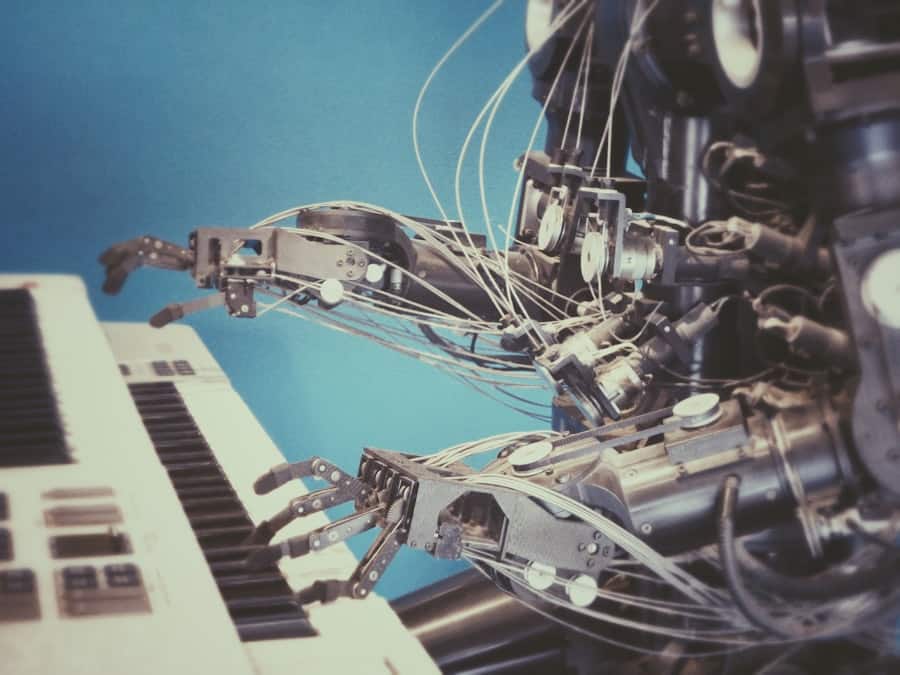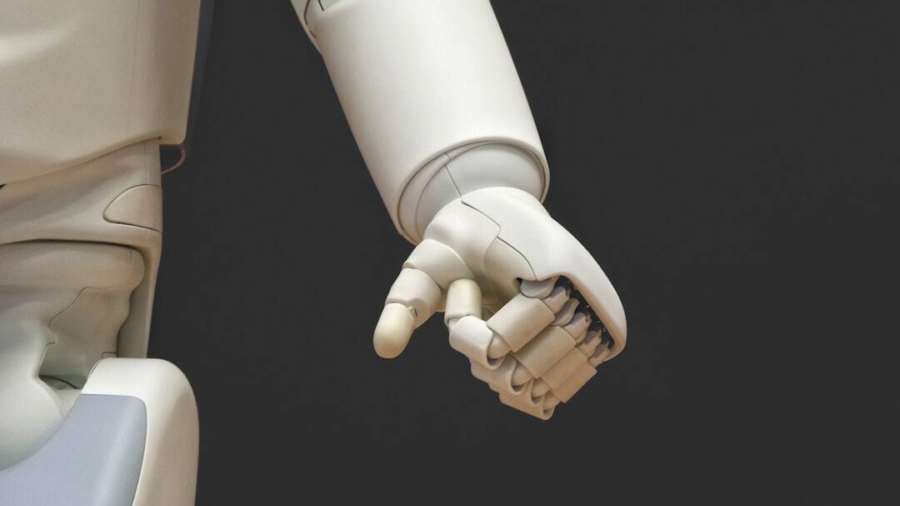The advent of robotics has revolutionized numerous industries, particularly in the realm of hazardous environments where human safety is paramount. As industries such as mining, oil and gas, nuclear energy, and chemical manufacturing continue to expand, the need for innovative solutions to mitigate risks associated with dangerous conditions has become increasingly critical. Robotics offers a promising avenue for enhancing safety protocols, reducing human exposure to perilous situations, and improving operational efficiency.
By integrating advanced technologies such as artificial intelligence, machine learning, and sensor systems, robots are now capable of performing tasks that were once deemed too dangerous for human workers. The deployment of robotics in hazardous environments not only protects human life but also enhances productivity. For instance, robots can operate in extreme temperatures, toxic atmospheres, or areas with high radiation levels where human presence is limited or entirely prohibited.
This capability allows for continuous monitoring and maintenance of equipment and infrastructure, ensuring that operations can proceed without interruption. As industries face increasing regulatory pressures and public scrutiny regarding safety practices, the integration of robotics into hazardous environments represents a proactive approach to safeguarding both workers and the environment.
Key Takeaways
- Robotics play a crucial role in hazardous environments by reducing human exposure to dangerous conditions and tasks.
- Remote inspection and maintenance tasks can be efficiently and safely carried out using robotics, minimizing the risk to human workers.
- Robotics are essential for handling hazardous materials, preventing exposure and contamination of workers.
- In emergency response and rescue situations, robotics can be deployed to access and assess dangerous areas, improving the safety of rescue teams.
- Monitoring and surveillance in hazardous environments can be effectively conducted using robotics, providing real-time data without risking human lives.
Robotics for Remote Inspection and Maintenance
Enhanced Safety through Remote Inspection
Drones equipped with high-resolution cameras and thermal imaging sensors can survey vast areas quickly and efficiently, identifying potential issues such as leaks or structural weaknesses without putting personnel in harm’s way.
Efficient Pipeline Inspections with UAVs
For example, in the oil and gas sector, companies are increasingly utilizing unmanned aerial vehicles (UAVs) for pipeline inspections. These drones can cover extensive lengths of pipeline infrastructure in a fraction of the time it would take a human crew, while also providing real-time data that can be analyzed for maintenance needs.
Robotics for Hazardous Material Handling

Handling hazardous materials poses significant risks to human workers, particularly in industries such as chemical manufacturing and waste management. Robotics has emerged as a vital solution for managing these materials safely and efficiently. Automated systems can be designed to transport, sort, and dispose of hazardous substances without direct human intervention.
This capability is particularly beneficial in environments where exposure to toxic chemicals or biological agents is a concern. One notable example is the use of robotic arms in laboratories that handle dangerous chemicals. These robotic systems can perform tasks such as mixing, measuring, and transferring substances with precision while minimizing the risk of spills or accidents.
Additionally, robots equipped with specialized grippers can handle containers of hazardous materials, ensuring that they are moved safely without the risk of breakage or leakage. By automating these processes, companies not only protect their workforce but also enhance compliance with stringent safety regulations.
Robotics for Emergency Response and Rescue
In emergency situations, time is of the essence, and the ability to respond quickly can mean the difference between life and death. Robotics plays a crucial role in emergency response scenarios, particularly in hazardous environments where traditional rescue methods may be too dangerous for human responders. Robots can be deployed to assess situations, locate victims, and deliver supplies in environments that are unstable or contaminated.
For instance, during natural disasters such as earthquakes or floods, ground-based robots equipped with sensors and cameras can navigate through debris to locate trapped individuals. These robots can relay real-time information back to rescue teams, allowing them to strategize their response effectively. In addition to ground-based systems, aerial drones can provide an overview of disaster zones, identifying hazards and mapping out safe routes for human responders.
The integration of robotics into emergency response not only enhances the effectiveness of rescue operations but also significantly reduces the risk to human life.
Robotics for Monitoring and Surveillance
Continuous monitoring and surveillance are essential in hazardous environments to ensure compliance with safety standards and detect potential hazards before they escalate into serious incidents. Robotics technology has advanced significantly in this area, enabling real-time data collection and analysis that can inform decision-making processes. Autonomous robots equipped with various sensors can patrol facilities, monitor environmental conditions, and detect anomalies that may indicate safety risks.
In industrial settings such as chemical plants or nuclear facilities, robots can be programmed to monitor air quality, radiation levels, and other critical parameters continuously. For example, mobile robots equipped with gas detection sensors can traverse areas where toxic gases may accumulate, providing early warnings that allow for timely interventions. This proactive approach not only enhances worker safety but also helps organizations maintain compliance with regulatory requirements by ensuring that environmental conditions remain within acceptable limits.
Robotics for Hazardous Environment Cleanup

The Role of Robotics in Cleanup Operations
Robotics has emerged as a powerful tool for conducting cleanup operations safely and efficiently. Robots can be deployed to perform tasks such as containment, removal, and decontamination without exposing human workers to harmful substances.
These underwater robots are equipped with cameras and sensors that provide real-time data on the spill’s dynamics, allowing response teams to make informed decisions about cleanup strategies.
Nuclear Waste Management and Decommissioning
Similarly, in nuclear waste management, robotic systems can be employed to handle radioactive materials safely during decommissioning processes. By utilizing robotics for cleanup operations, organizations can minimize risks while ensuring that hazardous materials are managed responsibly.
Robotics for Personal Protective Equipment (PPE) Assistance
The use of personal protective equipment (PPE) is essential in hazardous environments; however, ensuring that workers are properly equipped can be challenging. Robotics technology has begun to play a role in assisting with PPE management and compliance. Automated systems can be designed to monitor PPE usage among workers, ensuring that they are wearing appropriate gear before entering dangerous areas.
For example, smart helmets equipped with sensors can track whether workers are wearing required PPE such as respirators or protective suits. If a worker attempts to enter a hazardous zone without proper equipment, the system can trigger alerts or prevent access altogether. Additionally, robotic systems can assist in the distribution of PPE within facilities by automating inventory management and ensuring that supplies are readily available when needed.
This integration of robotics into PPE management not only enhances worker safety but also streamlines operational processes.
The Future of Robotics in Worker Safety
As industries continue to evolve and face new challenges associated with hazardous environments, the role of robotics in enhancing worker safety will only become more pronounced. The ongoing advancements in artificial intelligence, machine learning, and sensor technologies will enable robots to perform increasingly complex tasks with greater autonomy and precision. This evolution will lead to more sophisticated systems capable of addressing a wider range of hazards while minimizing risks to human workers.
The future landscape of robotics in hazardous environments holds immense potential for improving safety protocols across various sectors. As organizations recognize the value of integrating robotic solutions into their operations, we can expect a paradigm shift in how industries approach worker safety. By leveraging robotics technology effectively, companies will not only protect their workforce but also enhance operational efficiency and compliance with safety regulations.
The journey toward safer workplaces is well underway, driven by the innovative capabilities of robotics in hazardous environments.
A related article to How Robotics Improves Worker Safety in Hazardous Environments is “Discover the Best AI Video Generator Software Today” which discusses the advancements in artificial intelligence technology that are revolutionizing the way videos are created. This article explores how AI video generator software can streamline the video production process and enhance the quality of content. To learn more about this exciting technology, check out the article here.
FAQs
What are hazardous environments in the workplace?
Hazardous environments in the workplace are areas where workers are exposed to potential risks to their health and safety, such as exposure to toxic chemicals, extreme temperatures, high noise levels, or the risk of falls or accidents.
How can robotics improve worker safety in hazardous environments?
Robotics can improve worker safety in hazardous environments by taking over tasks that are dangerous for humans to perform, such as handling hazardous materials, working in extreme temperatures, or navigating through confined spaces. This reduces the risk of injury or exposure to harmful substances for human workers.
What types of robots are used in hazardous environments?
Various types of robots are used in hazardous environments, including remotely operated vehicles (ROVs) for underwater exploration and maintenance, unmanned aerial vehicles (UAVs) for inspecting hard-to-reach areas, and robotic arms for handling hazardous materials in industrial settings.
What are the benefits of using robotics in hazardous environments?
The benefits of using robotics in hazardous environments include reducing the risk of injury or exposure to harmful substances for human workers, improving efficiency and accuracy in tasks that require precision, and enabling access to areas that are difficult or dangerous for humans to reach.
Are there any limitations to using robotics in hazardous environments?
Some limitations of using robotics in hazardous environments include the initial cost of implementing robotic systems, the need for specialized training to operate and maintain the robots, and the potential for technical malfunctions or breakdowns in challenging environmental conditions.

